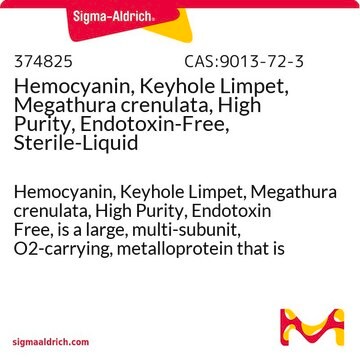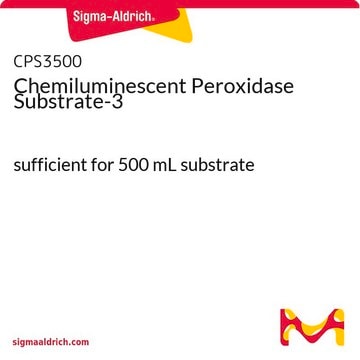S2763
Anti-Sheep IgG (whole molecule) antibody produced in donkey
affinity isolated antibody, lyophilized powder
Synonim(y):
Donkey Anti-Sheep IgG, Sheep IgG Detection
About This Item
Polecane produkty
pochodzenie biologiczne
donkey
Poziom jakości
białko sprzężone
unconjugated
forma przeciwciała
affinity isolated antibody
rodzaj przeciwciała
secondary antibodies
klon
polyclonal
Postać
lyophilized powder
metody
quantitative precipitin assay: suitable
temp. przechowywania
2-8°C
docelowa modyfikacja potranslacyjna
unmodified
Zastosowanie
Immunoprecipitation (1 paper)
Działania biochem./fizjol.
Postać fizyczna
Rekonstytucja
Oświadczenie o zrzeczeniu się odpowiedzialności
Not finding the right product?
Try our Narzędzie selektora produktów.
Kod klasy składowania
13 - Non Combustible Solids
Klasa zagrożenia wodnego (WGK)
WGK 3
Temperatura zapłonu (°F)
Not applicable
Temperatura zapłonu (°C)
Not applicable
Środki ochrony indywidualnej
Eyeshields, Gloves, type N95 (US)
Certyfikaty analizy (CoA)
Poszukaj Certyfikaty analizy (CoA), wpisując numer partii/serii produktów. Numery serii i partii można znaleźć na etykiecie produktu po słowach „seria” lub „partia”.
Masz już ten produkt?
Dokumenty związane z niedawno zakupionymi produktami zostały zamieszczone w Bibliotece dokumentów.
Nasz zespół naukowców ma doświadczenie we wszystkich obszarach badań, w tym w naukach przyrodniczych, materiałoznawstwie, syntezie chemicznej, chromatografii, analityce i wielu innych dziedzinach.
Skontaktuj się z zespołem ds. pomocy technicznej







